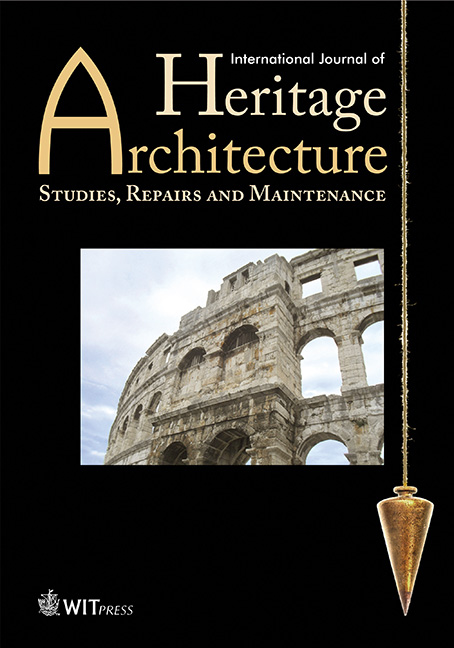THE ROYAL MOSQUES IN INDONESIA FROM 16TH TO EARLY 20TH CENTURIES AS A POWER REPRESENTATION
Price
Free (open access)
Volume
Volume 1 (2017), Issue 3
Pages
8
Page Range
494 - 502
Paper DOI
10.2495/HA-V1-N3-494-502
Copyright
WIT Press
Author(s)
ISMAN PRATAMA NASUTION
Abstract
This study describes the characteristics of the royal mosques in Indonesia from the 16th century to the early 20th century through the architectural and archaeological study of the building’s components. Royal mosques are meaningful in the concept of building because they are the places for sultans and their people to pray, and these mosques are located in the capital cities of the Islamic empires that represent the sultans and became the identity of the characters of the Islamic empires in the past. Through architectural and archaeological studies of several kingdom’s mosques in Java, Sumatra, borneo, Sulawesi and North Maluku, this research observes the data with the context of space (spatial) with the central government (the palace), squares, markets, tombs and other buildings of a king. In addition, this paper studied the aspects of power relations with the palace mosque as the centre of power, to reveal the power of representation in the mosque, with attention to the style of the building and ritual. The results obtained show that the royal mosques in Indonesia have special characteristics displayed in the building form and the local ritual practices that are different from non-royal mosques and the mosques outside of Indonesia as a strategy and resistance against global Islamic power relations in the past.
Keywords
identity and resistance, royal mosque, the representation of power




